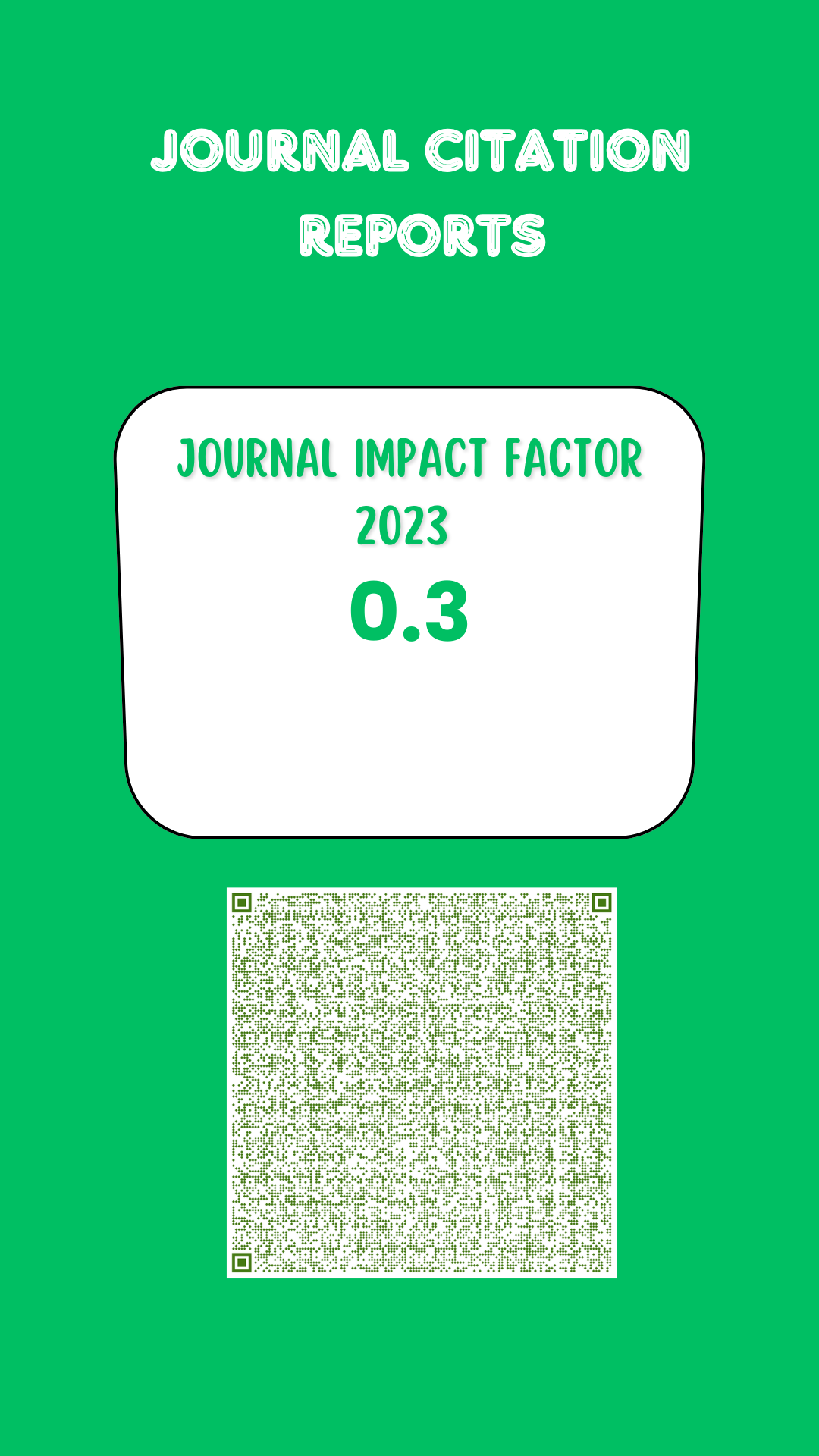TECHNOLOGIES AND STRATEGIES FOR IMPROVING HAIR LAMB FATTENING SYSTEMS IN TROPICAL REGIONS: A REVIEW
DOI:
https://doi.org/10.19136/era.a3n8.1058Keywords:
Sleep, feeling resources, genetic resources, profitability, raised slatted floor cagesAbstract
This paper addresses a literature review of lamb fattening systems in tropical regions of Mexico and other countries. In semi-intensive systems, lamb feeding is based on grasslands, and supplementation may or may not be o ered; in intensive systems, lamb feeding is based on concentrated feeds. Local fodder resources could be a viable option for lamb fattening due to their low cost and the better quality and healthy meat resulting from this feeding strategy. It is suggested that further evaluations of tropical fodder resources be developed, focusing on nutritional quality, availability and possible use. Several hair sheep breeds (Pelibuey, BlackBelly, Katahdin and Dorper and their crossbreeds) have been investigated under those systems. However, there remains a lack of de nition on which could be the most suitable Cross-breeding strategy in di erent regions of the country. The raised slatted- oor cages used in intensive lamb fattening systems were just recently introduced in Mexico, and hence, there is no scienti c evidence regarding their productive and economic evaluation. Therefore, there is a need to strengthen knowledge and generate technology with precise goals and objectives. By doing so, it is possible to deliver technological options with strong scienti c bases that are economically viable, socially equitably and ecologically acceptable.
Downloads
Downloads
Published
Issue
Section
License
Aviso de copyright
Los autores que se envían a esta revista aceptan los siguientes términos:
una. Los autores conservan los derechos de autor y garantizan a la revista el derecho a ser la primera publicación del trabajo con una licencia de atribución de Creative Commons que permite a otros compartir el trabajo con un reconocimiento de la autoría del trabajo y la publicación inicial en esta revista.
B. Los autores pueden establecer acuerdos complementarios separados para la distribución no exclusiva de la versión del trabajo publicado en la revista (por ejemplo, en un repositorio institucional o publicarlo en un libro), con un reconocimiento de su publicación inicial en esta revista.
C. Se permite y se anima a los autores a difundir su trabajo electrónicamente (por ejemplo, en repositorios institucionales o en su propio sitio web) antes y durante el proceso de envío, ya que puede conducir a intercambios productivos, así como a una cita más temprana y más extensa del trabajo publicado. (Consulte El efecto del acceso abierto).



